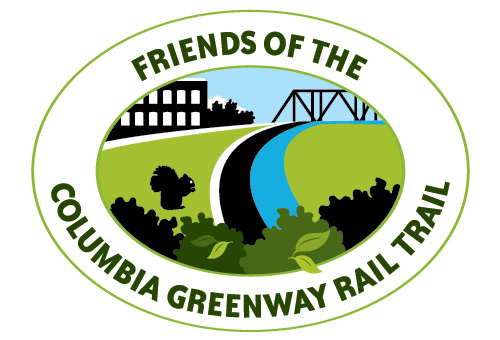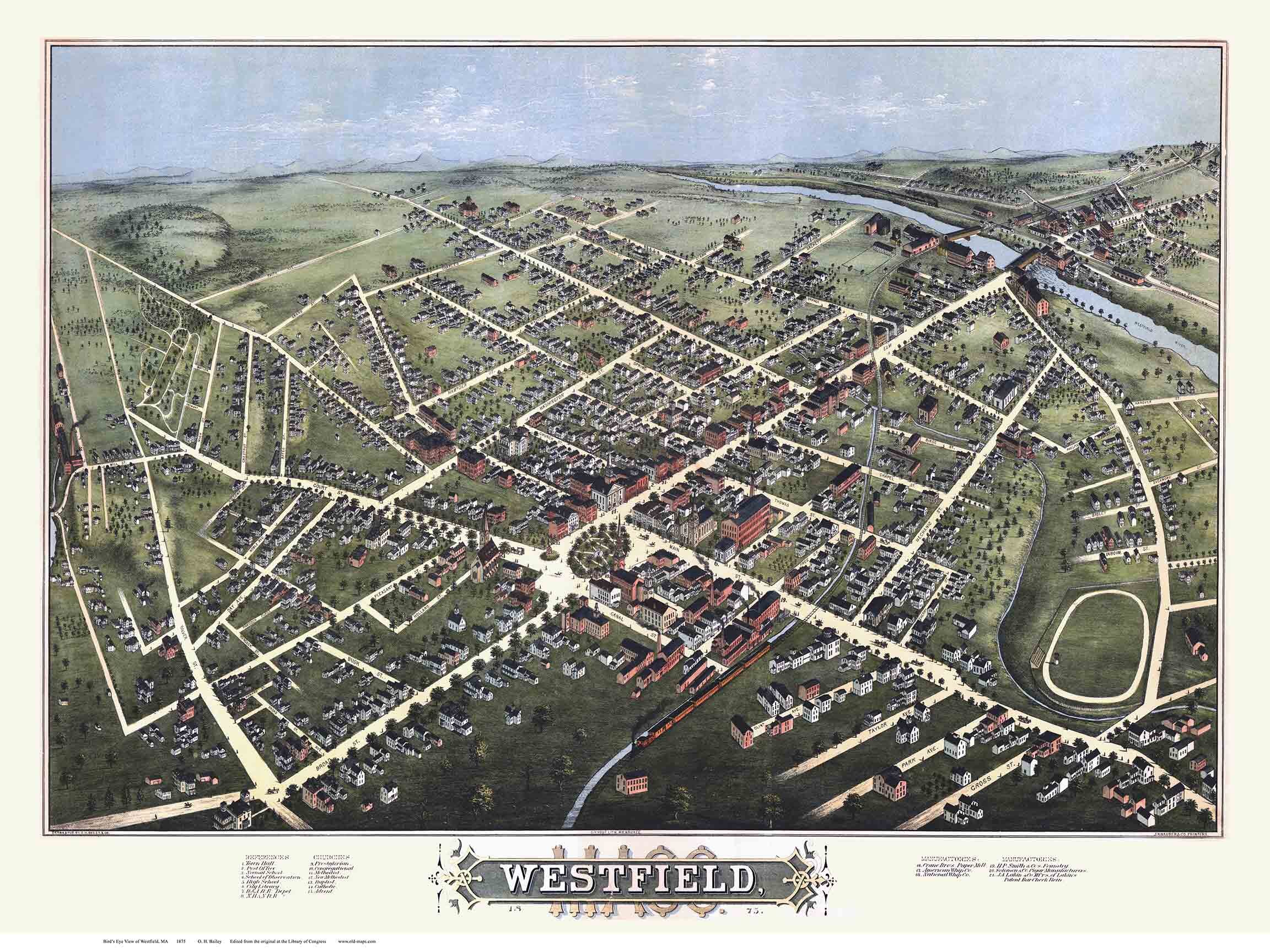
Our History
The Columbia Greenway Rail Trail is full of history. Below, you’ll learn about the positive effect canal and rail traffic have had on the area. The Columbia Greenway keeps that alive today.
The Hampshire & Hampden Canal
The Hampshire & Hampden Canal, which, with the Farmington Canal, linked Westfield to Long Island Sound in New Haven. The canal system was planned as early as 1822, completed in 1835, and operated for a period of 17 years.
Extending as far north as Northampton, passing through Westfield, the water link was a canal four feet deep and some 34 feet wide, extending 87 miles to the sea. The canal was used for both freight and passenger service, and the boats made their way leisurely along the route, for they were pulled by horses, and had to negotiate some 90 locks.
The canal system was abandoned in 1847 because of railroad competition and financial woes. Eight years later, the canal route became a railroad right of way, and a railroad was built along the same route, using the drained canal bed in some places.
At right, the canal as seen in downtown Westfield traveling northbound.
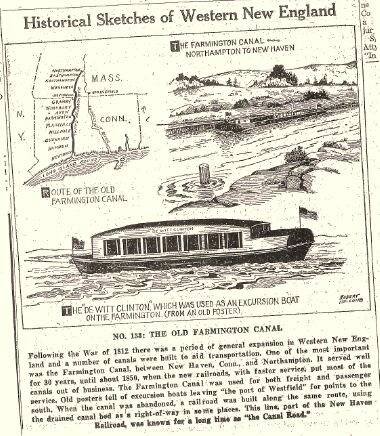
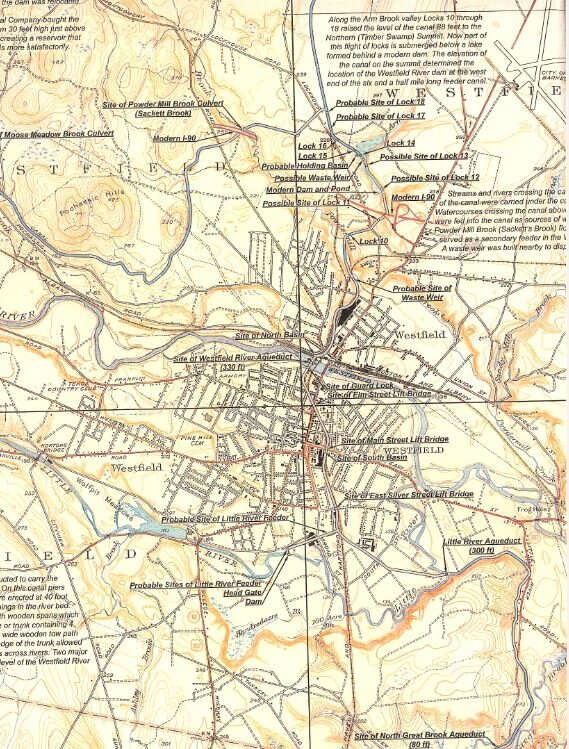
Map of the canal system showing the path through the center of Westfield, later converted to railroad. It is along this path the Columbia Greenway Rail Trail exists today.
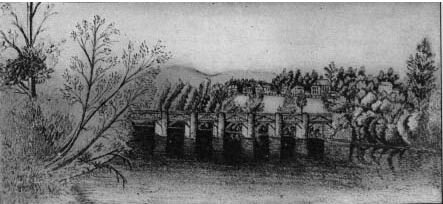
Heavy stone abutments carried clay-lined wooden aqueducts, the longest spanning 330 feet over the Westfield River.
New York, New Haven & Hartford Railroad
In 1841 the Western Railroad, later the Boston and Albany, operated train service east and west, followed in 1855 by extension of the Canal Road, later the New Haven, to Westfield. By the time the RR was completed in 1871, the stations were located, and tremendous activity centered around the trains now heading North/South as well as East/West.
When the canal was built, the labor was largely provided by Irish immigrants seeking refuge here to escape intolerable conditions and hardships in their native land as had the early English settlers. These men remained to operate the completed canal and when its useful days were over the newcomers excavated and leveled the railroad bed and laid the rails and, finally, to a great extent, took over the operation of the railroads.
As traffic and travel increased, delay, caused by passenger and freight trains and switching operations while lowered gates blocked the North Elm St crossing, became more and more annoying and caused more numerous complaints. After 1902, when street cars operated and found it impossible to keep a schedule, such delays became intolerable. Suggested arrangements to abolish the crossings were discussed.
Wide difference of opinion existed whether the remedy should be an underpass or overpass. When the work was undertaken and completed in 1896 in a way it was a compromise, for the tracks were raised a bit and the entire section from the railroad between North Elm St and Union Ave, and northerly from the railroad to Montgomery St was excavated and carried away. The New York, New Haven & Hartford line operated until February 1933.

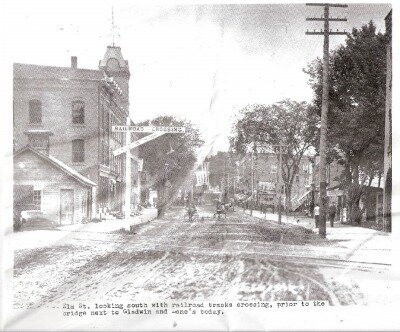
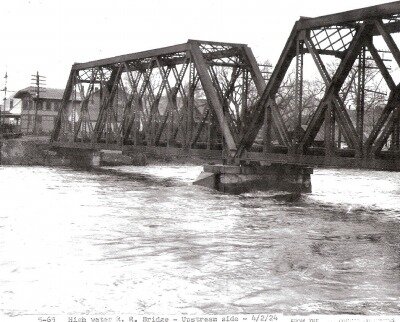
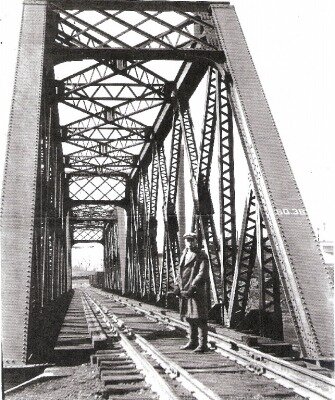
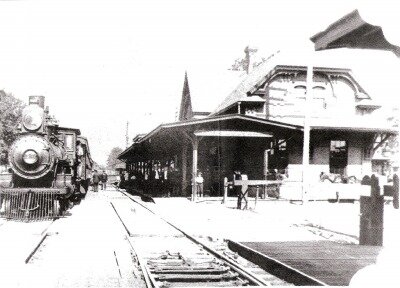
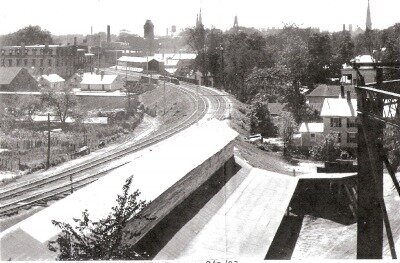

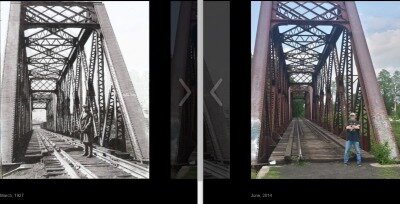
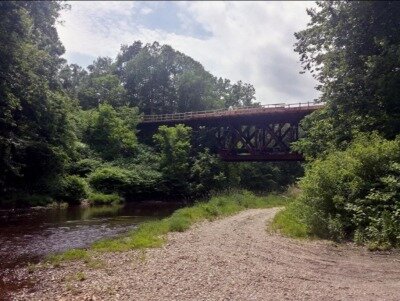
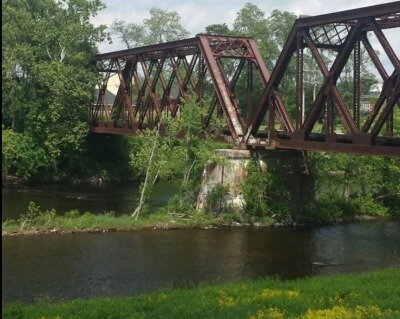
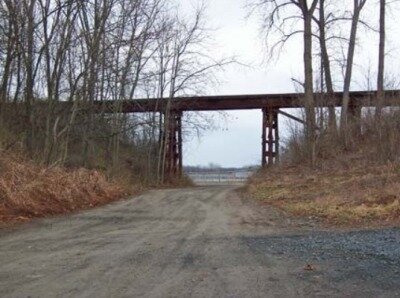


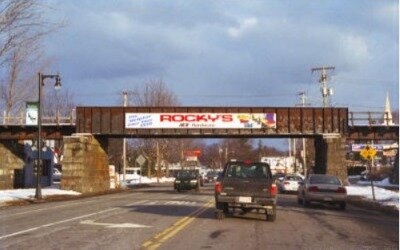
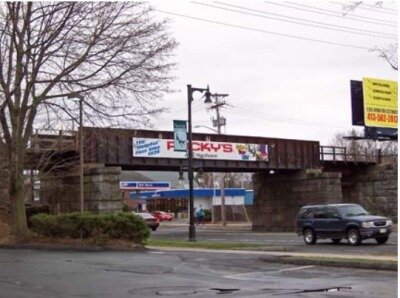


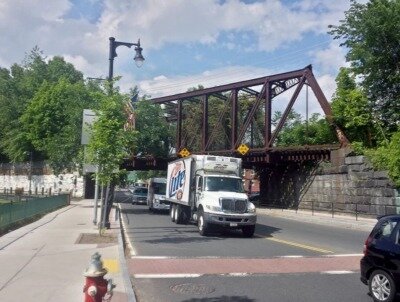
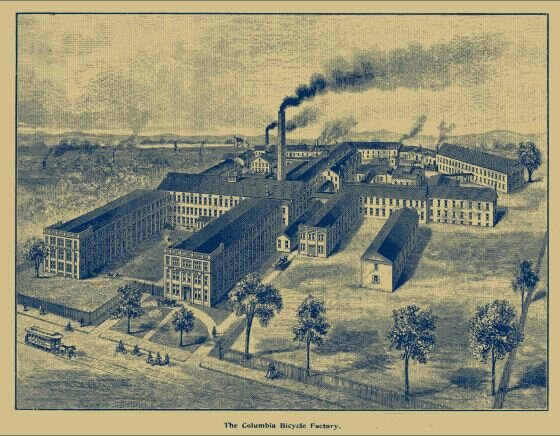
Columbia Manufacturing Company
The Columbia Greenway Rail Trail gets its name from the Columbia Manufacturing Company, which manufactured bicycles in Westfield starting in the late 19th century and continuing well into the 20th century. For a detailed history of the Columbia Manufacturing Company, visit their website here.
